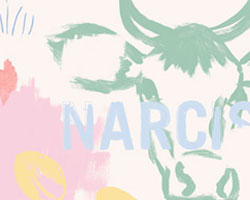KEEP UP WITH OUR DAILY AND WEEKLY NEWSLETTERS
happening now! partnering with antonio citterio, AXOR presents three bathroom concepts that are not merely places of function, but destinations in themselves — sanctuaries of style, context, and personal expression.
uncover the colorful legacy of italy's iconic train, designed by gio ponti and giulio minoletti in the '50s.
connections: +110
unveiled as well at the italian pavilion in expo 2025 osaka, the design uses fuel coming from cooking oils and animal fats.
connections: +190
discover our guide to milan design week 2025, the week in the calendar where the design world converges on the italian city.
connections: 69
'there is no real, defined space, there’s just the reflection’ – designboom speaks with Hermès artistic directors charlotte macaux perelman and alexis fabry.

 the paper of record
the paper of record invites for roth gallery
invites for roth gallery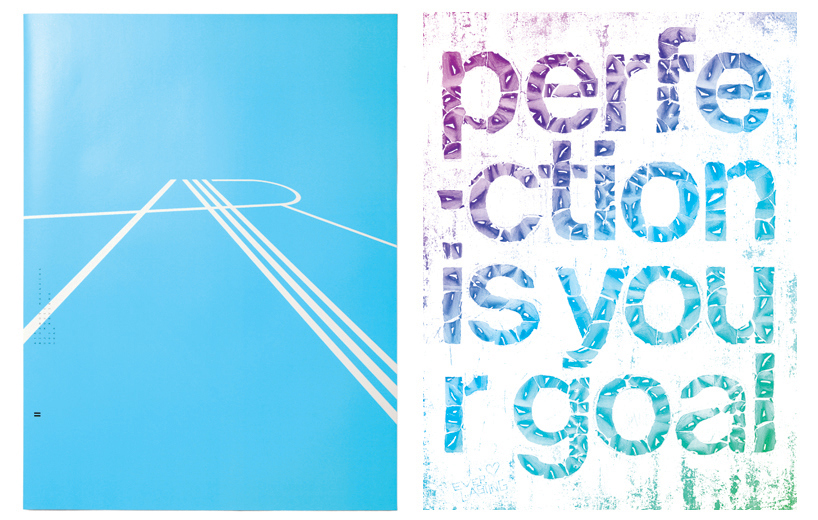 posters for air (left) and an exhibition at the type directors club
posters for air (left) and an exhibition at the type directors club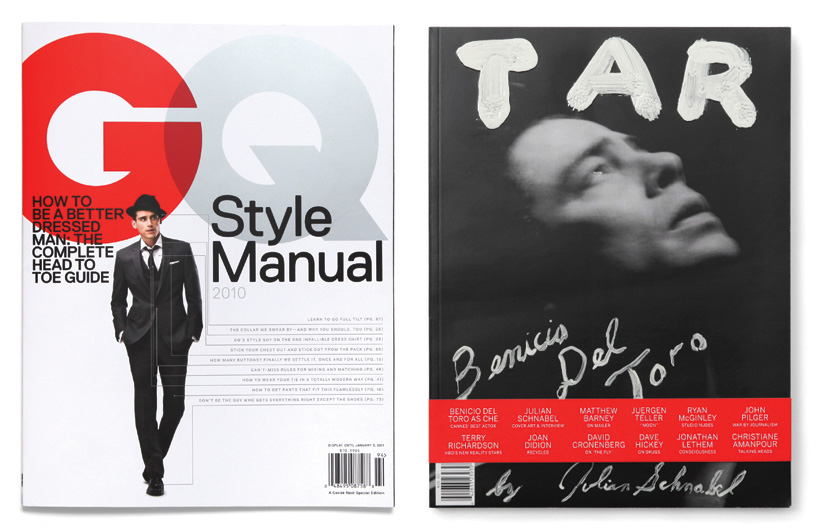 publications designed for GQ (left) and tar
publications designed for GQ (left) and tar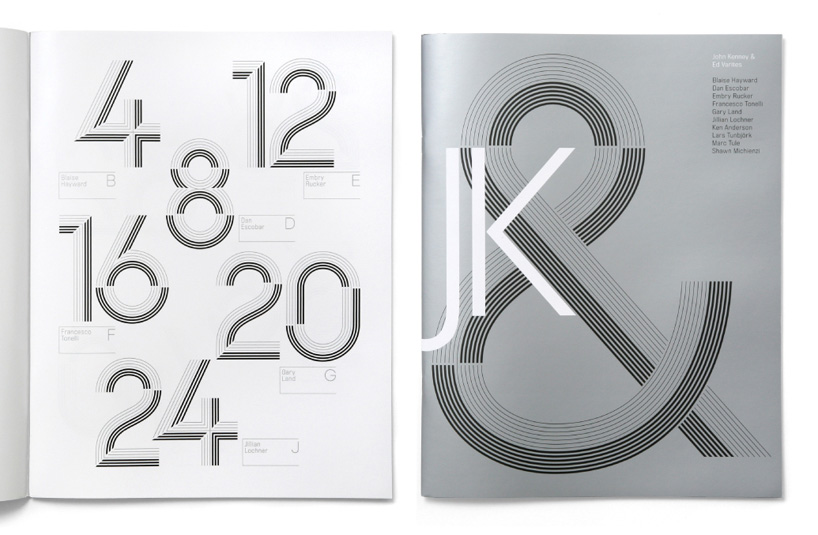 publication for a photo agency
publication for a photo agency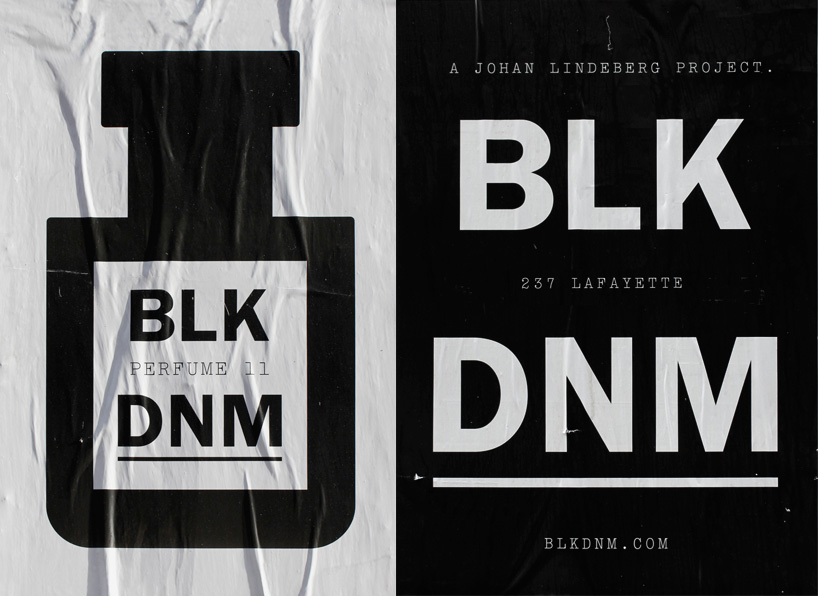 advertising for BLK DNM
advertising for BLK DNM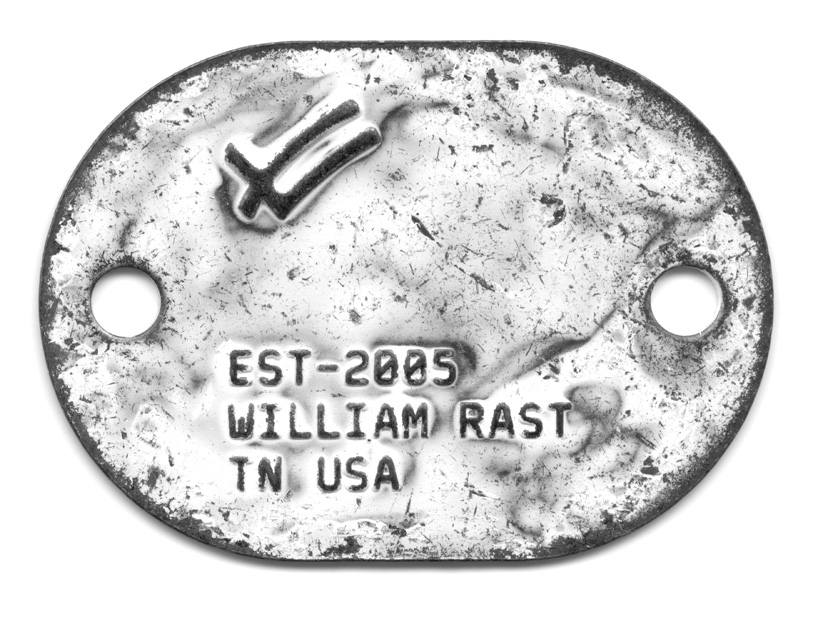 hangtag for william rast
hangtag for william rast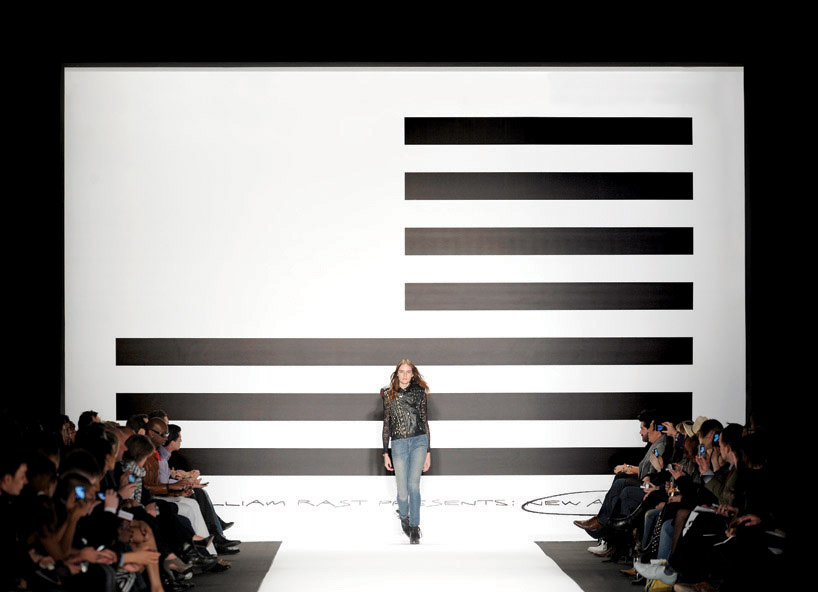 william rast runway show
william rast runway show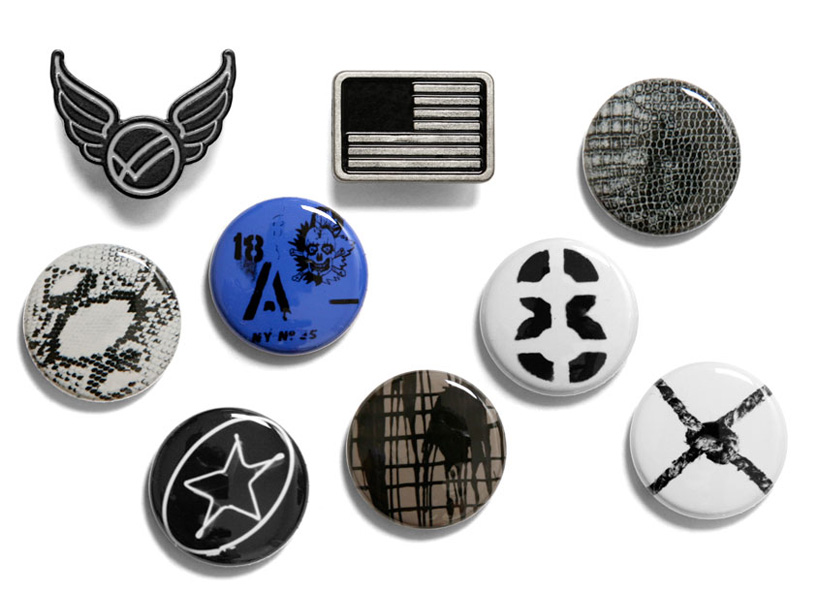 pins for william rast
pins for william rast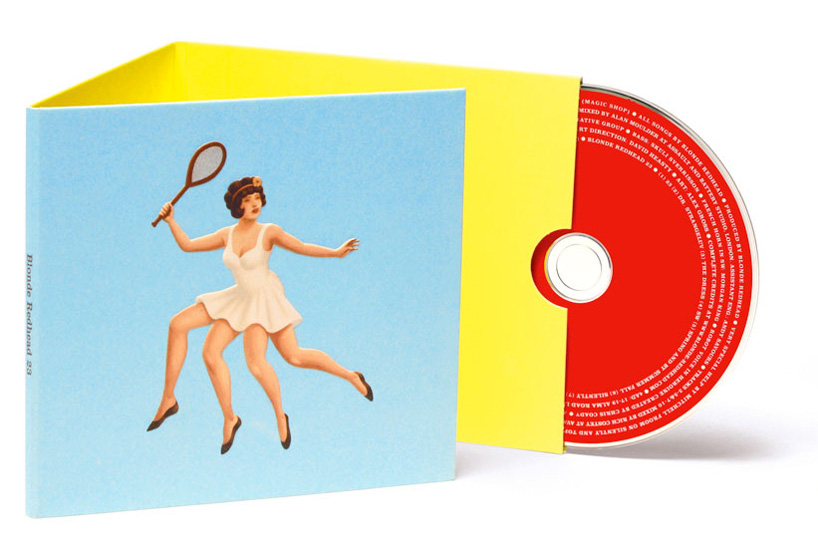 packaging design for blonde redhead
packaging design for blonde redhead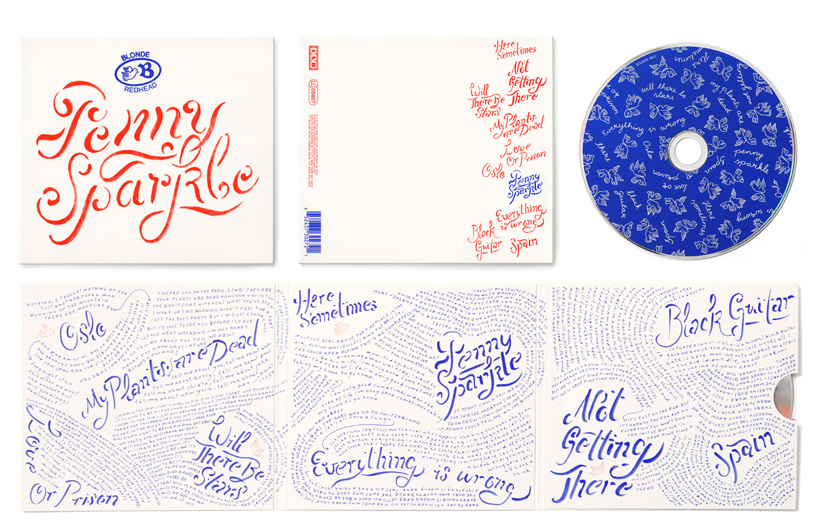 packaging design for blonde redhead
packaging design for blonde redhead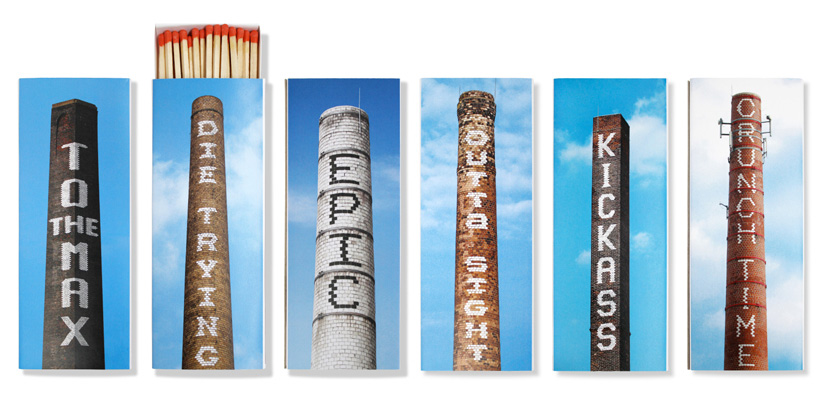 towers of power matchbooks
towers of power matchbooks triboro’s one-color subway map
triboro’s one-color subway map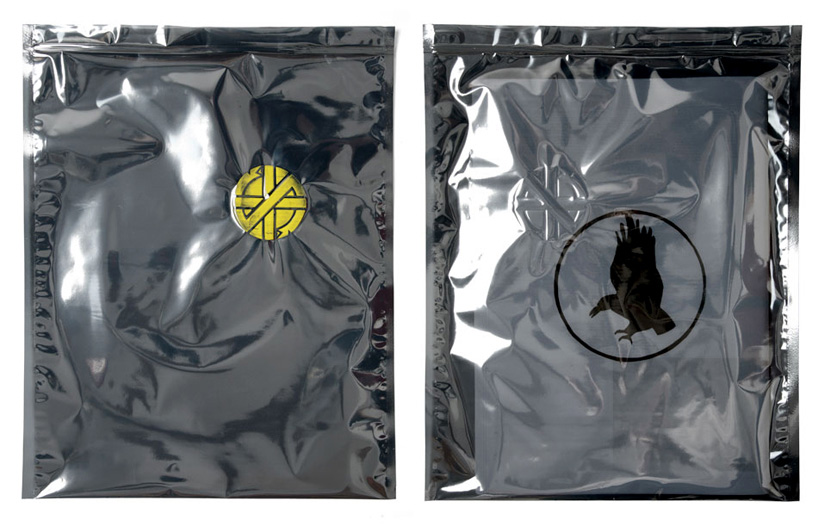 exhibition catalog on the band crass
exhibition catalog on the band crass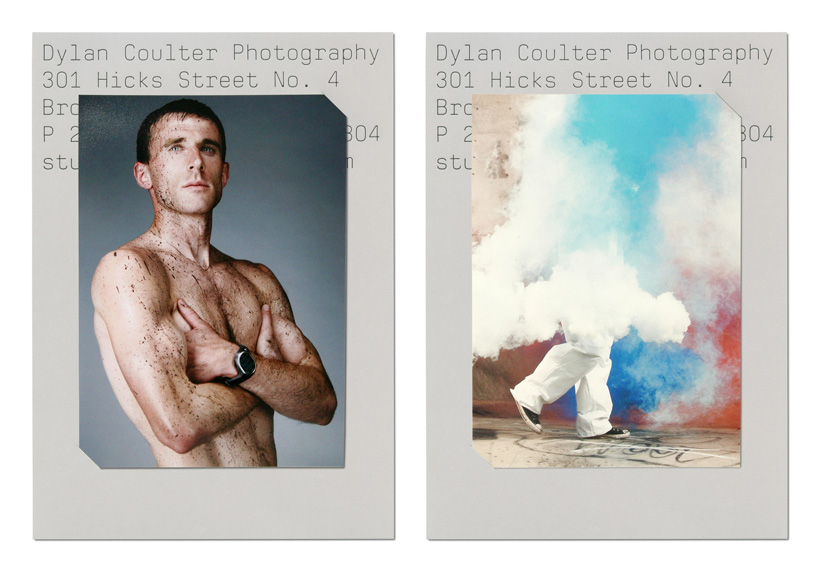 identity for the photographer dylan coulter
identity for the photographer dylan coulter






